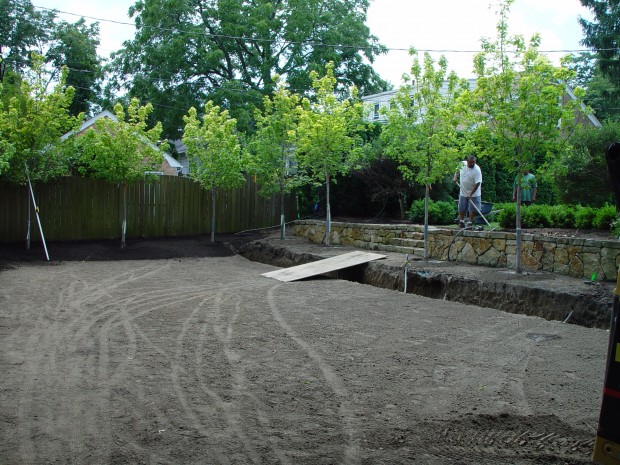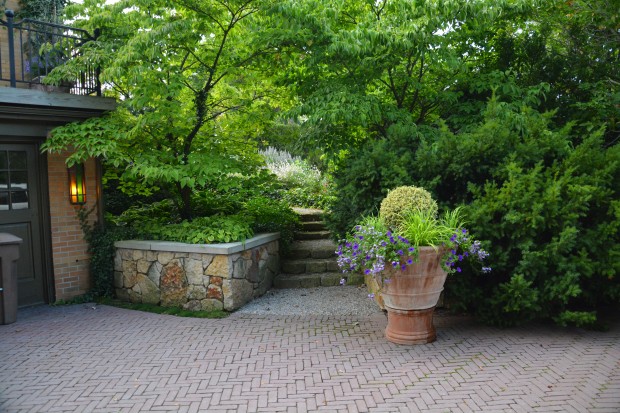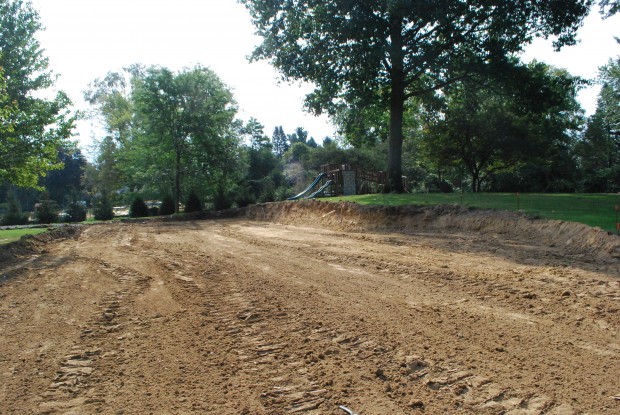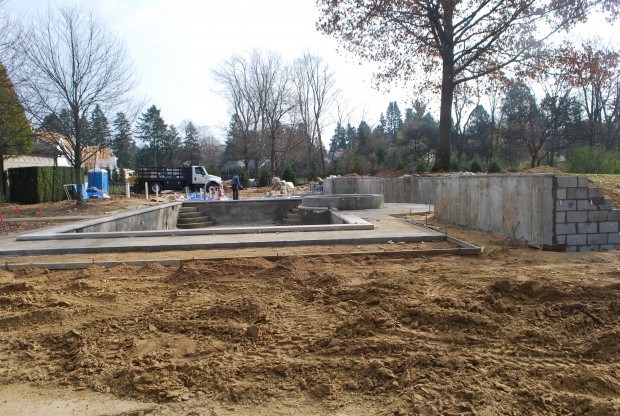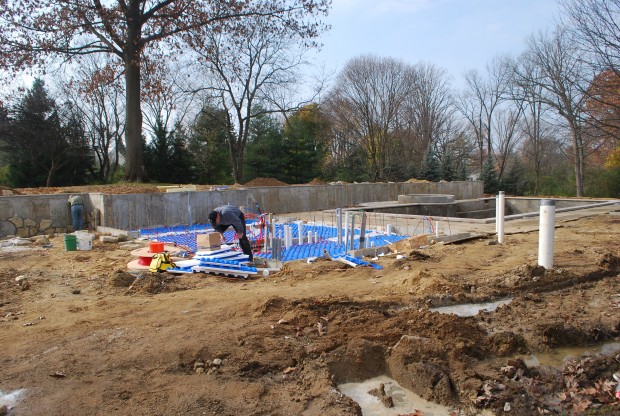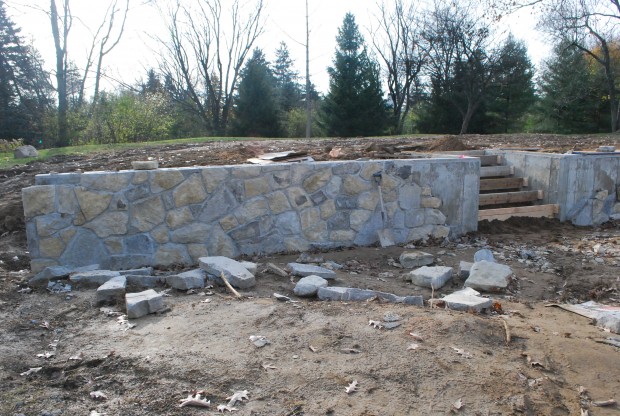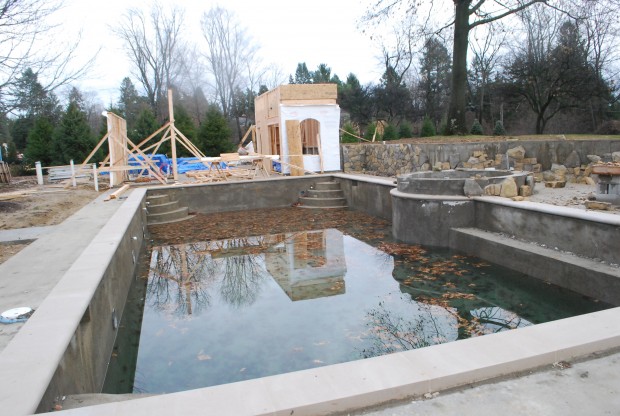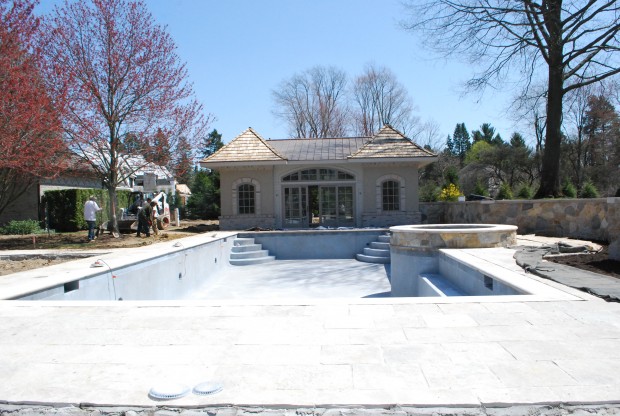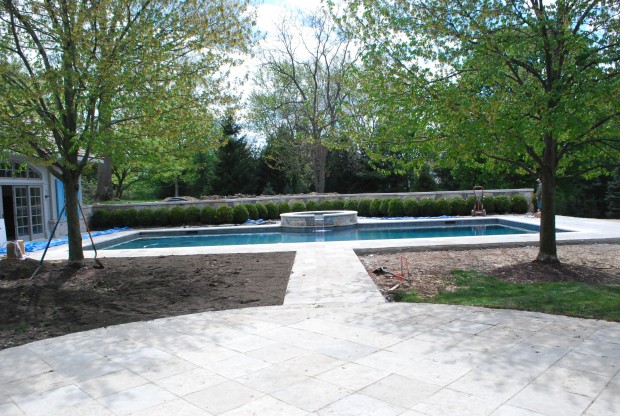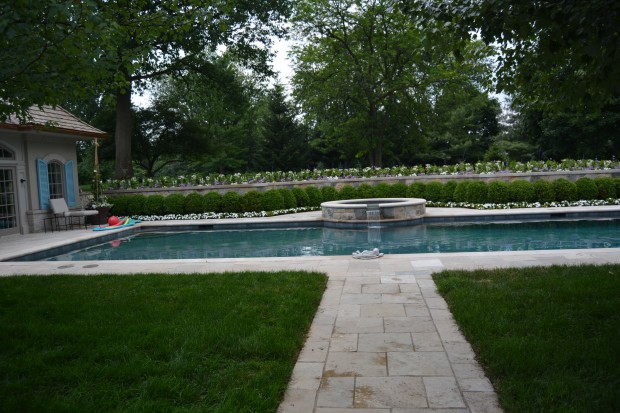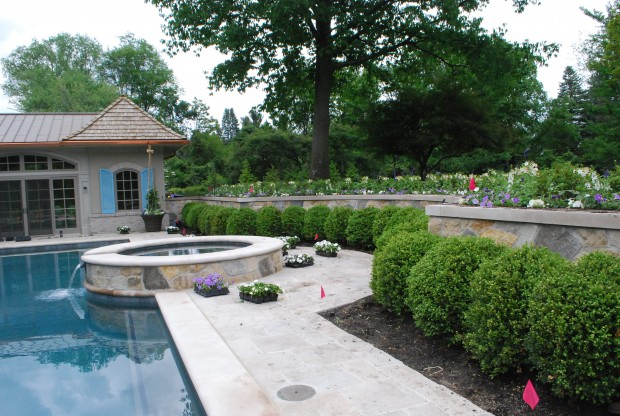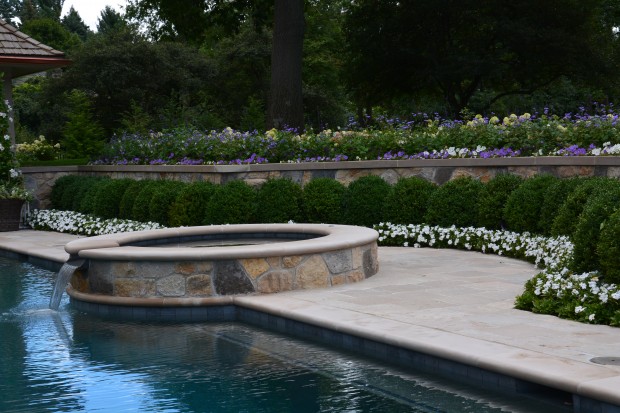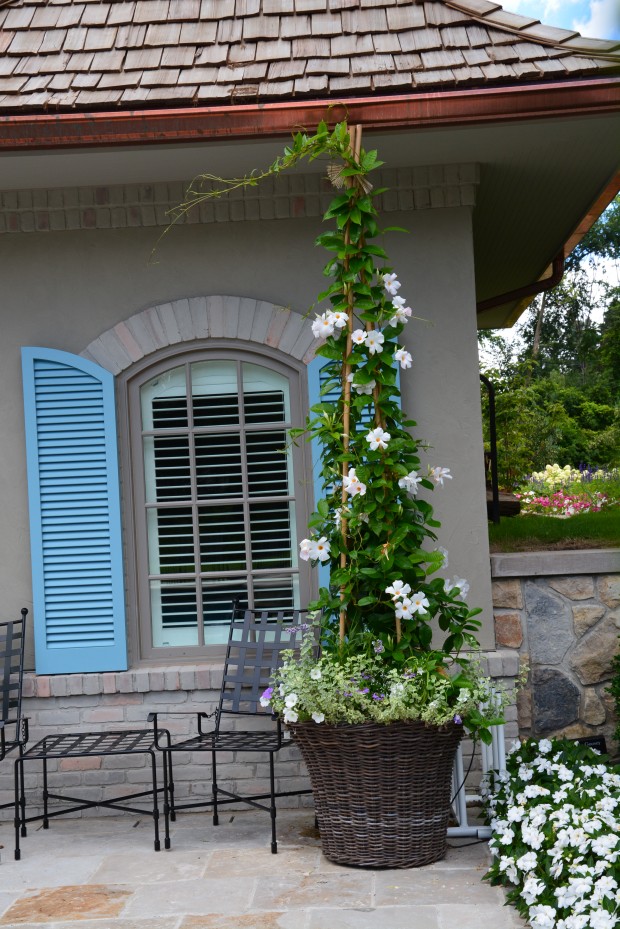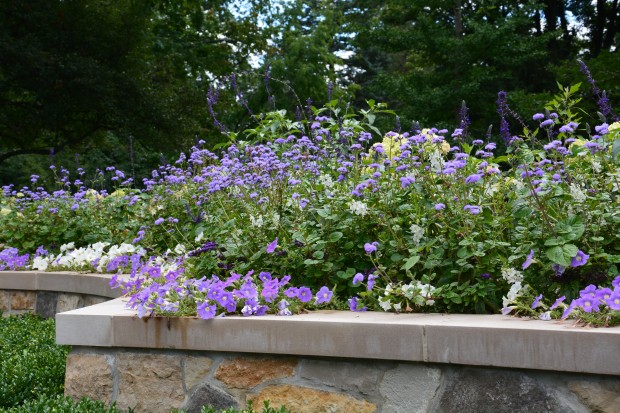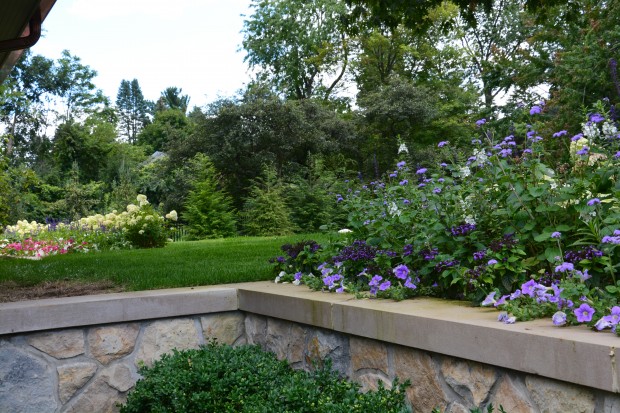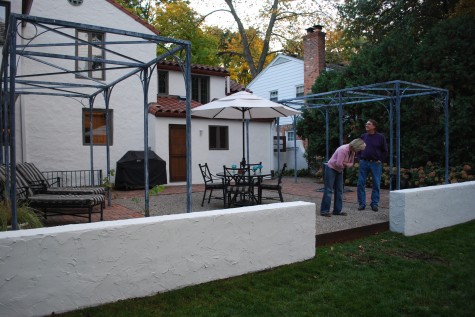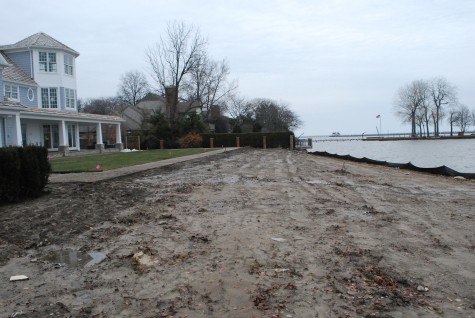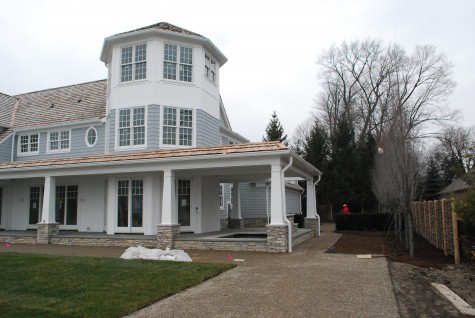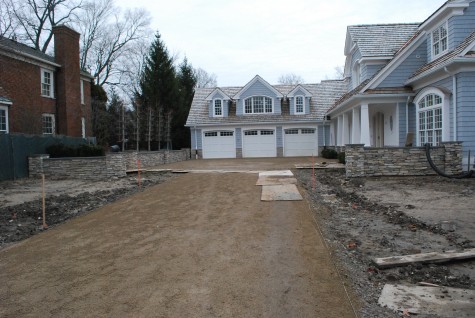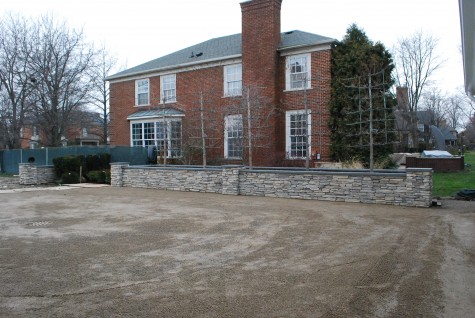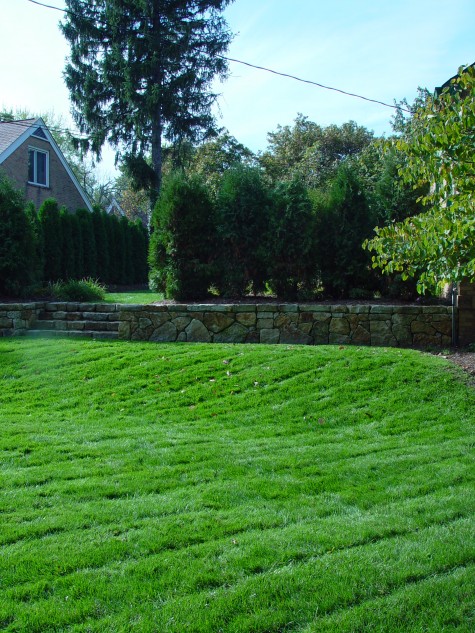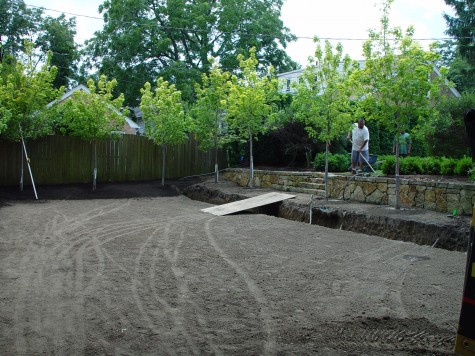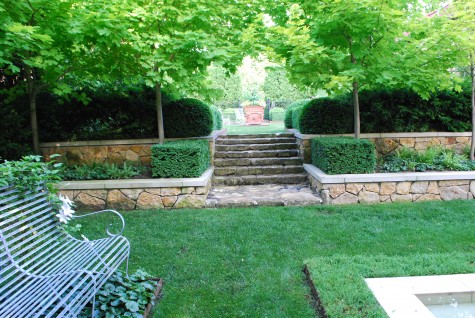The internet has made it possible to see landscapes and gardens from all over the world. 19th century English gardens. Gardens of the Italian Renaissance. Landscapes indigenous to the south of France. Contemporary landscapes in Holland, Brazil, and California. Ancient landscapes in Mexico and Egypt. The moon? It has a landscape that has been recorded. Should you be interested in landscapes in Australia, Morocco, St Louis, Paris, Louisiana, Scotland or Japan-the pictures are there to see. The essays are there to read. Gardens in every country and every city, world wide. What is available to see and read about has no boundaries.
I am sure I am not the only person that finds this wealth of information both visual and written astonishing. The volume of information available about the landscape past and present is more than I could ever in 5 lifetimes attend to and absorb. I do search topics on my own that interest me, while try not to loose sight of the fact that the internet is an electronic highly edited representation of those best bits of a garden. Great garden photographs and great gardens are not necessarily one in the same.
As for grading one garden better than another-I don’t do this. What would be the point? A landscape or a garden is a highly individual expression. Comparing one to the other is of dubious value. I like most every garden that I have the opportunity to see and absorb. Every garden has that moment or that gesture which is well worth thinking about. A well known landscape infused with considerable history? There is much to learn, and respect. A little well tended garden in my neighborhood that pops-I admire this. Maybe as much as I admire Hidcote, I equally admire the gardeners in my neighborhood who have the idea to design, plant and maintain. The true test of a beautiful garden has to do with sincerity, and persistence.
As for a list that defines the top ten gardens in the world-really? I find it very difficult even to pick favorites. Not that there is any need for such a list. No one takes on the work of a garden for a good grade. They take it on in pursuit of a life that values the natural world. Each person individually interprets what it means to garden, given their space and circumstances. All of the gardens worldwide the size and scope of mine contribute in a big way to a better world. That person with a passion for orchids, and that person who grows food, and that person who plants trees or meadows-each one has something to contribute. It could be the best garden in the world is one’s own. What can be learned from tending a garden day to day and year after year is considerable. I have a strong and sentimental relationship with my own garden.
Grading does interest me in another way- grading the ground, that is. Up and down. Level. Above grade. Below grade. Let’s assume that ground level is one grade. Above ground is another level. Below ground is yet another grade. When I bought my house and property, the topography was hilly. Lots of slopes. Not so many flat places. Getting from one place to another involved climbing up and skidding down. A series of low stone walls and stair cases made the property much easier to navigate.
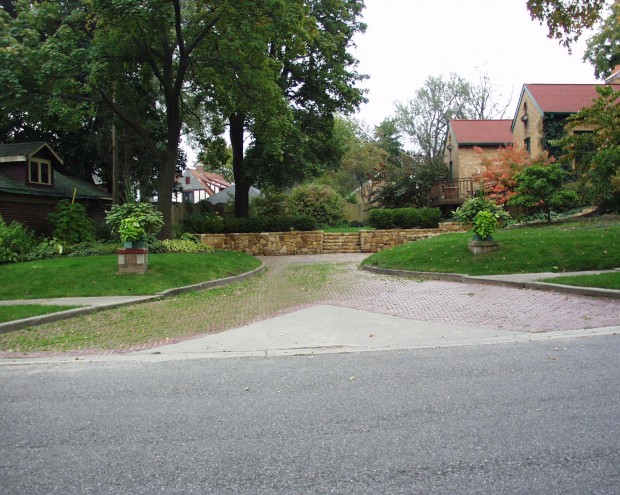 A stone wall and staircase made the business of moving from the driveway grade to the upper level side yard quick and compact. The upper level lawn was 3 feet above the grade of the driveway.A slope that would permit that change of grade would take up lots of room. A small property like this benefits from the visual interest provided by changes of grade, and a mechanism for achieving that change quickly and gracefully. In a hard rain, soil from the slopes on either side of the driveways would wash onto the driveway-in spite of a covering of grass. How could I tell? The abundance of weeds and grass growing between the driveway bricks.
A stone wall and staircase made the business of moving from the driveway grade to the upper level side yard quick and compact. The upper level lawn was 3 feet above the grade of the driveway.A slope that would permit that change of grade would take up lots of room. A small property like this benefits from the visual interest provided by changes of grade, and a mechanism for achieving that change quickly and gracefully. In a hard rain, soil from the slopes on either side of the driveways would wash onto the driveway-in spite of a covering of grass. How could I tell? The abundance of weeds and grass growing between the driveway bricks.
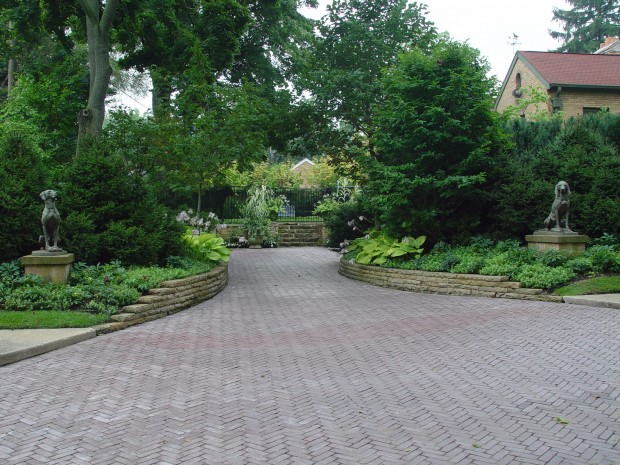 The obvious solution was to retain the soil with a low dry stack wall. The wall was built tall enough to capture the steepest part of the slope. No more soil erosion meant no weeds in the drive. It would be a few years before I would tackle the slope on the street side.
The obvious solution was to retain the soil with a low dry stack wall. The wall was built tall enough to capture the steepest part of the slope. No more soil erosion meant no weeds in the drive. It would be a few years before I would tackle the slope on the street side.
 Once the grade was contained on the street side with a wall, my hellebores grew much better. Rain would soak in, rather than running off. How can you tell that the grade slopes from right to left? The left wall is 2 more courses high than the right wall, though the tops of the walls are equal and level with the horizon.
Once the grade was contained on the street side with a wall, my hellebores grew much better. Rain would soak in, rather than running off. How can you tell that the grade slopes from right to left? The left wall is 2 more courses high than the right wall, though the tops of the walls are equal and level with the horizon.
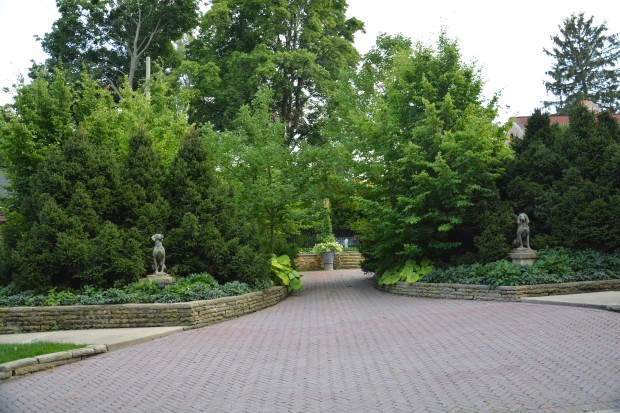 How many years are we looking at here? I would guess 10 or 12. When I drive up after work, I like what I see. Not just layers of plants, but lots of levels, up and down.
How many years are we looking at here? I would guess 10 or 12. When I drive up after work, I like what I see. Not just layers of plants, but lots of levels, up and down.
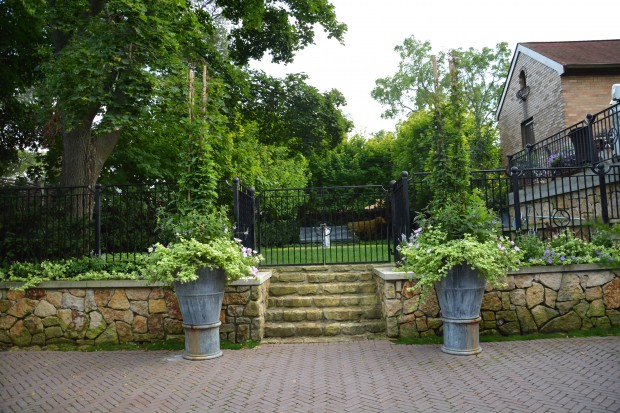 These 6 steps can be a challenge, if you are carrying a 40 pound bag of soil. But this area was graded specifically to make an inviting entrance to the garden.
These 6 steps can be a challenge, if you are carrying a 40 pound bag of soil. But this area was graded specifically to make an inviting entrance to the garden.

